Life is so stunning that death has fallen in love with it, a green-eyed mean love that seizes all it can. No matter how old our loved one is when they die, we feel that we did not have enough time with them. This is why death is often seen as a tragedy. So, in response to the pain of death we create a celebration of a person’s life – especially if someone has lived their life to the fullest and been loved by others. This is done in many different ways, such as a religious funeral, burial ceremony or cremation service.
Cremation is derived from the Latin word ‘cremo’, meaning the burning of a dead body. The modern cremation process is defined as the burning of a corpse using a column of flames at a temperature of around 1000 degrees Celsius in a furnace powered by natural gas or oil. When the process is complete, only bones and ash, the cremation ashes, remain. Science defines the cremation process as the combustion, vaporization and oxidation of dead bodies into basic chemical compounds. These components include gasses, ashes and mineral fragments which retain the appearance of dry bone.
No one really knows when the cremation process began, but there is evidence that people were cremated in China as early as 8,000 BC. However, most experts conclude that cremation become prominent around 3,000 BC (the Early Stone Age). It is believed that the practice started in Europe and the Near East and later spread to Northern Europe in the Late Stone Age period. There is evidence of the cremation process in ornate pottery excavated in Western Russia.
In the Bronze Age, the cremation process spread to Spain, Hungary, Italy, Portugal and Ireland. Centuries later, groups such as the Freemasons, revolutionaries, and anarchists practiced cremation as a way of reducing the influence of the Catholic church. In fact, the Roman Catholic Church opposed cremation until the 20th Century.
In Asia, cremation was mostly practiced by Buddhists in particular, in both China and Korea before 1300 AD. The modern cremation process began in the late 1800s.
There are no fixed rules on how to get cremated. Instead, funeral and cremation arrangements vary based on tradition, culture and religion. Sometimes choices are determined by the services and options available at funeral homes, but funeral directors and crematoriums typically work together to meet the funeral and cremation requirements of the deceased and the family.
The cremation process can be structured so that a ceremony takes place either before or after the actual cremation of the body. Cremation ashes are sometimes displayed in an urn at a ceremony day after the cremation process has been completed. This makes it impossible to say definitively how long a cremation service takes.
A requiem mass or other religious ceremony can be conducted either on the actual day of cremation or before as part of the cremation process. Of course, a medical certificate must always be secured from the coroner or the doctor stating the cause of death in order to authorize the cremation of a body. Once this has been obtained, the physical cremation process can begin.
If there is to be a formal religious ceremony such as a mass before the actual cremation, funeral directors will often provide a casket to hold the deceased. This casket is not cremated with the body, so that the funeral and cremation can be considered as two separate parts of the cremation process. Not cremating the casket also preserves the cremation ashes. This is how you can make diamonds out of cremation ashes.
Before every cremation, family members (or in most cases the funeral directors) remove jewelry and devices such as pacemakers and spinal cord stimulators. A declaration that no potentially hazardous device remain on the body is required as part of the cremation process. Medical devices, such as a pacemaker, could explode during the cremation process and both damage the cremator and potentially injure staff.
Cremation chambers are designed to handle one body at a time, allowing for the collection of cremation ashes from each body. Cremation of multiple bodies at one time is illegal in the United States and many other countries. Although unrelated to the process of turning cremated ashes into diamonds, this regulation is the first step in knowing a cremation diamond is made from the remains of a loved one.
In modern crematoriums, the body is stored in a temperature controlled room until it is transferred to the cremation chamber where the actual cremation takes place. The cremation is preheated to about 600 degrees Celsius. The body is quickly transferred into it through a mechanized door to avoid heat loss.
Once the door is closed, the body is exposed to a column of intense flame of about 1,000 degrees Celsisus. The heat first dries the body (75% of the human body is composed of water), then quickly burns and vaporizes soft tissues and muscle. In the final stages of the cremation process, the bones calcify. When complete, only cremation ashes remain. These are the cremation ashes that are turned into diamonds.
However, the remains are not ashes as popularly imagined, but resemble dry bone fragments. These are then usually processed by a cremulator – a machine that turns the fragments into ashes. This process typically takes about 20 minutes. This final step in the cremation process results in a dust with the texture and color of fine sand.
The weight of cremated remains is approximately 4 pounds (1.8 kg) for adult human females and 6 pounds (2.7 kg) for adult human males. These cremation ashes can be turned into diamonds. The volume of ashes varies depending on several factors and is an important consideration when turning cremation ashes into diamonds.
The average human body takes from two to three hours to be completely cremated. After the cremation process is complete, the cremation ashes remain. Not everyone collects the cremation ashes from the crematorium. Some choose to allow the funeral director or crematorium operator to dispose of the cremation ashes.
Those who do choose to collect the cremation ashes of their loved one have several options. Cremation ashes can be interred in a cemetery. Some cemeteries have special buildings called columbariums for the interment of ashes. Cremation ashes can be stored in an urn at home, or scattered at sea or private land.
As a final step in the cremation process, cremation ashes can be made into another object. Ashes can be combined with other materials and made into fireworks or used as ink in tattoos. They can be added to artificial reefs in the ocean. Cremation ashes can be launched into space, or allowed to float out over the ocean in a helium balloon.
It is also possible to make a diamond out of cremation ashes as a final step in the cremation process. Turning cremation ashes into diamonds creates a beautiful heirloom item that permanently memorializes the decreased. This choice brings closure to the cremation process and allows the surviving loved ones to cherish the cremation diamond as an expression of their love for the deceased.
Funeral and cremation services, like the cremation process itself, have changed considerably over time. How cremation works and how to get cremated is now more a matter of personal preference than at anytime in the past. However, for many people the cremation process is still influenced by cultural and religious views.
Judaism – The Jewish religion has always disapproved of cremation. Their belief is that the dead should be buried as soon as possible in a casket. Cremation also brings memories of the Holocaust for some Jews. However, the cremation process is now considered an option for many Jews. Reformed Judaism allows for cremation, although it continues to be considered taboo among traditional Jews.
Islam - According to Muslim's Sharia Law, after death, the corpse must be buried underground. Cremation is strictly forbidden. Islam allows for very little leeway on this topic, allowing cremation only in cases of outbreaks of disease and only when approved by clerics. A resurrection of the physical body is a chief tenant of Islam and burial is the only way this is considered possible.
Christians – Christianity believes in the resurrection of the body at the second coming of Jesus Christ, and so historically has forbid cremation. The burning of bodies was reserved for criminals, enemies, and idols. However, most denominations in Christianity today allow for cremation, and some Roman Catholic cemeteries even have columbariums for the interment of ashes.
In favor of an earth burial, practiced as a symbol to represent the interment and resurrection of Jesus Christ. The burning of bodies was reserved for criminals, enemies, and idols. The early Christian church vetoed cremation as it was practiced by Pagan societies such as the Romans.
Hinduism – Unlike other major religions, Hindus have long practiced cremation as a method of disposing of bodies. Their belief in reincarnation and the concept of the soul developing over many lifetimes places the emphasis on the spiritual over the physical body. Hindus also view cremation as an offering to Agni, the Hindu god of fire, and a way of helping the soul pass on to a new body.
Eastern Orthodox Christians - According to beliefs of Eastern Orthodox Christians, the body is a gift from God and so cremation is not acceptable. However, some followers choose cremation following the funeral mass where the body is present. In extreme circumstances this has even been sanctioned by the church, but for devout followers burial is the only option.
Atheism - Atheists do not believe in God, gods, or life after death, nor is there a codified set of what atheists do believe. Therefore, there is no set practice when it comes to funerals and cremation. The cremation process is viewed as a practical choice and is sometimes specified by the deceased. Funerals are also personalized events with no set liturgy or formula.
Buddhism – like Hindus, Buddhists believe in reincarnation - that the dead go through a transformation to be reborn again. And, like Hindus, Buddhists also have a long tradition of practicing cremation. Cremation is a part of the typical Buddhist funeral service and is done four days after death to allow the soul time to transition to a new body.
Cremation rates vary widely across the world depending on culture, economy, religion, and regional factors. Countries like Nepal, the only Hindu kingdom in the world, have a rate that is over 95%. The cremation process is also very common in India, again because of the religious background of the country.
The availability of land also plays a role in the acceptance of the cremation process. Funeral and cremation are virtually synonymous in countries such as Japan. Large cities in Scandinavia have rates of up to 90%, while the national average in Norway, for example, is only 36%.
However, countries where the Catholic church has been dominant have a much lower rate. The cremation process is used about 10% of the time in countries such as Italy and Poland. The availability of cemetery plots may also contribute to the wide use of burial rather than cremation.
Attitudes toward the cremation process are changing. In England, the rate has steadily increased from 34.70% in 1960 to 75.44% in 2015. Almost all younger people in South Korea, where cremation is already widely accepted, indicate that they want to be cremated. By 2020, the cremation process is expected to be chosen most of the time in the United States.
Understanding how cremation works and how to get cremated has contributed to the acceptance of the cremation process. Attitudes toward the disposal, storage, and conversion of cremation ashes into other objects are also changing. Turning cremation ashes into diamonds that are treasured keepsakes is a growing practice.
The cremation process has always been associated with various myths and misconceptions. For example, some believe that ashes are mixed during the cremation process. The fact is that crematorium personnel are highly professional and the cremation chamber is thoroughly cleaned after each cremation. Cremation ashes returned to the family are those of the loved one, and a cremation diamond made from those ashes is also genuine.
Some people believe that family members must buy an urn and put it in columbarium in order to hold a memorial service. The fact is the funeral and cremation services can be handled in accordance with family wishes. Likewise, ashes can be disposed of in a number of ways, including turning cremation ashes into diamonds.
Some think cremation is a more environmentally sensitive choice. However, the use of fossil fuels in the cremation process negates some of the ecological savings of a traditional burial. Depending on the type of burial and the disposal of the ashes, the cremation process may or may not be more environmentally friendly.
One final misconception is that cremation involves burning the body on a funeral pyre using wood or other combustible material. This would mingle the cremation remains with wood ash. In fact, the body is incinerated in an extremely high temperature (between 1460 and 2200 degrees Fahrenheit) in a well-designed furnace. Cremation remains are exclusively the remains of the cremated body.
Apart from religious reasons, some people prefer cremation to traditional burial for diverse reasons, such as a fear of the long and slow decomposition process following burial in the ground. The cremation process, on the other hand, is very quick and results in cremation ashes that can be stored or converted into diamonds.
Cremation is also viewed as a way of simplifying the funeral process. Depending on the type of service, the cremation process can be much cheaper than a traditional burial. Cremation is also popular among expatriates, as the cremation ashes can be transported easily.
Turning cremation ashes into diamonds also allows families to easily keep cremated remains with them as they move. Interment or placing cremation ashes in a cemetery columbarium can mean separation if the family moves away from the area.
Cremation is generally much cheaper than a traditional burial, particularly if ashes are not interred. That said, in recent times, the costs of cremations have risen, in part due to crematoriums upgrading their equipment to comply with the new environmental regulations.
In the United Kingdom, the average cost of cremation is £881.. In the United States of America, the cost varies from state to state with the lowest cost around US $650. These costs do no include a funeral or memorial service typically involved during burial.
Because cremation is often viewed as a cheaper way of conducting a funeral, it is sometimes associated with low-income families. In fact, the cremation process appeals to all classes of people. The fact that you can make diamonds from cremation ashes demonstrates the appeal of cremation to all income levels. Furthermore, many celebrities have chosen cremation, including:
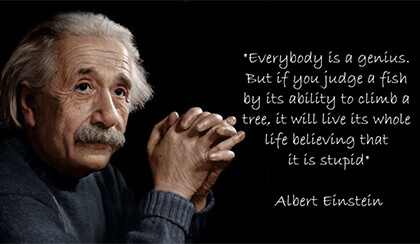 A Typical Incinerator
A Typical Incinerator However, cremation comes with some drawbacks too:
The modern cremation process, used across the world today, was invented by an Italian Professor named Brunett in 1873 during the Vienna Disposition. The number of crematoriums has increased steadily worldwide ever since, and additional technological advancement has improved the process of cremation dramatically.
A new technology, Alkaline Hydrolysis is currently gaining popularity. It is referred to as “Green Cremation” because it does not create carbon dioxide and significantly reduces the use of fossil fuels. Instead of flame, it uses a liquid to cremate the body in about the same amount of time. Green cremation uses only about 25% of the energy as traditional cremation.
Green cremation is growing in popularity and is expected to emerge as the most common and energy-efficient method of cremating in future. Like traditional cremation, green cremation also results in cremated remains that can be returned to the family. These remains are referred to as “bone shadows” and may undergo an additional process after green cremation.
Cherished pets such as dogs, cats, birds, rabbits, hamsters, and even reptiles are often cremated. This often takes place at a veterinarian’s in an incinerator devoted specifically for animal cremation. Estimates place the worldwide pet cremation market at about $3 billion.
However, the pet cremation industry is largely unregulated, resulting in multiple animal cremations, fake cremation, and, sometimes, the return of fake ashes to the animal’s owner. Pet owners are strongly advised to use reputable pet cremation providers to insure the remains retuned to them are those of the beloved pet.
Cremation ashes from pets can also be turned into diamonds. The volume of ashes necessary to make a diamond may present a challenge, but the basic process of using carbon in cremation ashes to make a diamond is the same for pet ashes and human remains.
The scandal surrounding the Tri-State Crematory, located in Georgia in the US, astonished many Americans in early 2002. Over 300 bodies were never cremated because of cremation capacity and furnace dysfunction. Families received fake ashes made of wood and cement.
The owner, Ray Brent Marsh, was arrested on over 300 criminal violations and was ultimately charged by the State of Georgia with 787 counts, including theft by deception, abusing a corpse, burial service related fraud and giving false statements. Marsh was facing a possible prison sentence of thousands of years.
He ultimately pled guilty and was sentenced to 12-years in prison. Publicity surrounding the incident has led to an evaluation of laws governing the cremation industry in the United States as well as stricter enforcement of professional codes of conduct.
The cremation process is becoming a more readily accepted and popular method of treating human and pet remains. Common misconceptions are being corrected and a more accurate understanding of cremation and the options regarding cremation ashes are working their way into cultures around the world.
Moreover, respect for diversity in culture and religion means it is up to the individual and their loved ones to make this final decision. This includes the decision regarding the cremation ashes. Choosing to turn cremation ashes into diamonds is quickly becoming a heartfelt solution for people around the world.
 Ancient Open Air Cremation
Ancient Open Air Cremation 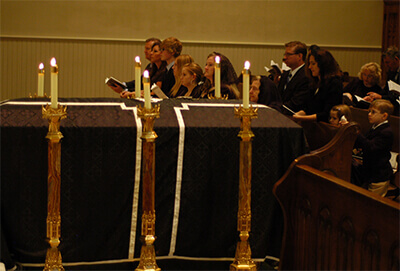 Requiem Mass Before Cremation
Requiem Mass Before Cremation 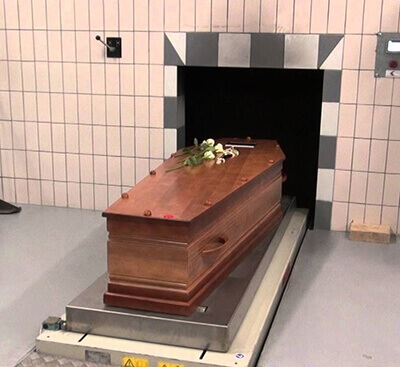 Send the Casket into Cremation Chamber
Send the Casket into Cremation Chamber 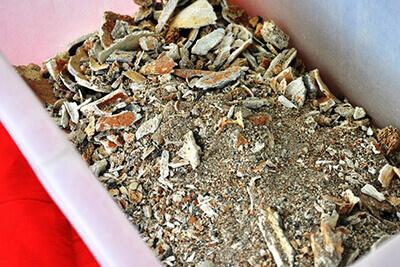 Cremated Remains
Cremated Remains 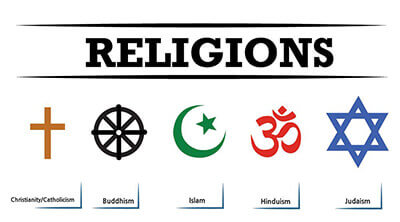 Main Religions Worldwide
Main Religions Worldwide 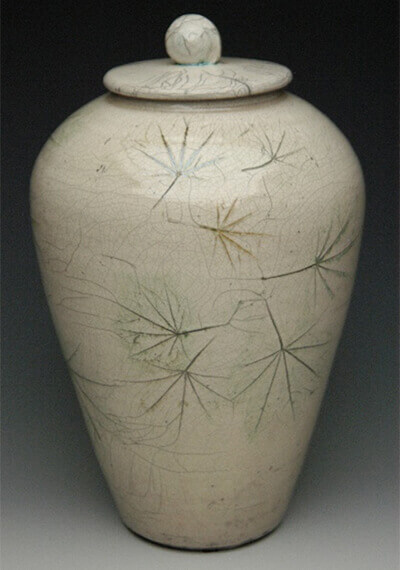 An Urn is Not a
An Urn is Not a  Traditional Burial is Usually Costlier
Traditional Burial is Usually Costlier 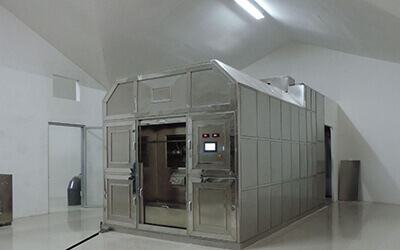 Modern Cremation Equipment
Modern Cremation Equipment 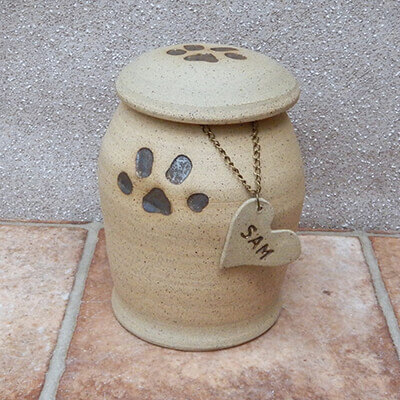 Pets - Family Members
Pets - Family Members 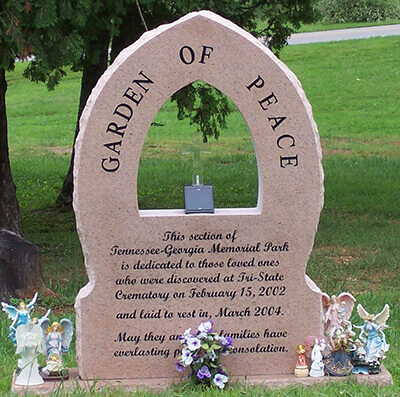 Tri - State Crematory
Tri - State Crematory